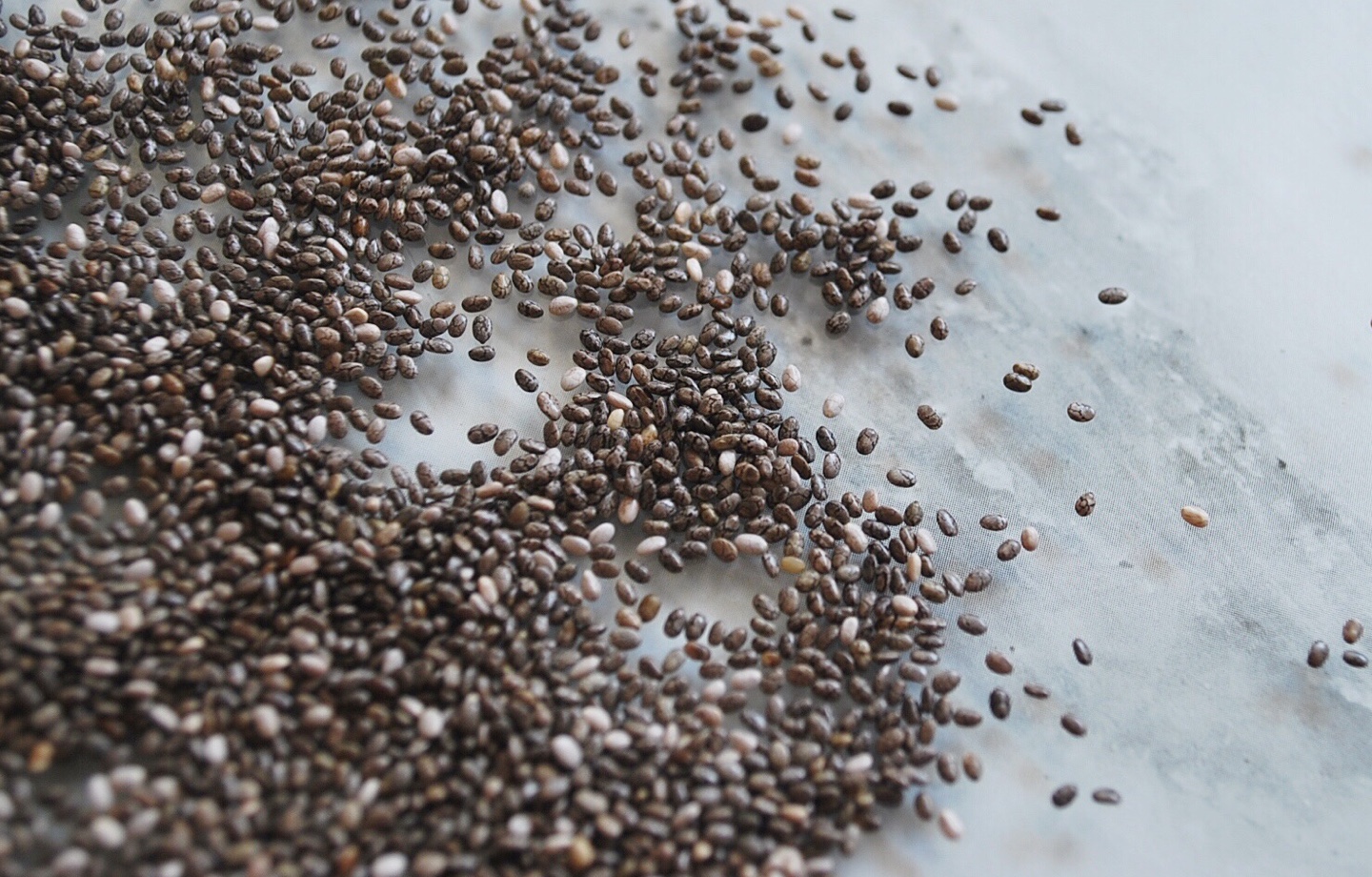It’s officially high summer. The time of year when the mere thought of turning on the stove or oven is enough to send you searching for the closest ice pack. “Cooking” (if you can call it that) has regressed to cold salads, maybe popsicles or ice cream sandwiches. Anything that doesn’t require heat, essentially.
If you’re nodding your head in agreement, we’re also willing to bet your late-summer cold food culinary repertoire also includes plenty of smoothies. Icy-sweet and satisfying, smoothies are the hero food of a no-cook summer, whether you’re making them as a meal replacement, a snack, dessert, or as post-workout muscle fuel. And why shouldn’t they be? Smoothies offer a one-two punch of simplicity and nutrition, they’re delicious, satiating, and more often than not, only require a blender to whip up – as long as you make them properly. A simple internet search of the term ‘smoothie’ will bring up any number of recipes, both healthful and otherwise. Some include handfuls of greens while others are just milkshakes not-so-subtly masquerading as a healthy meal or snack option.
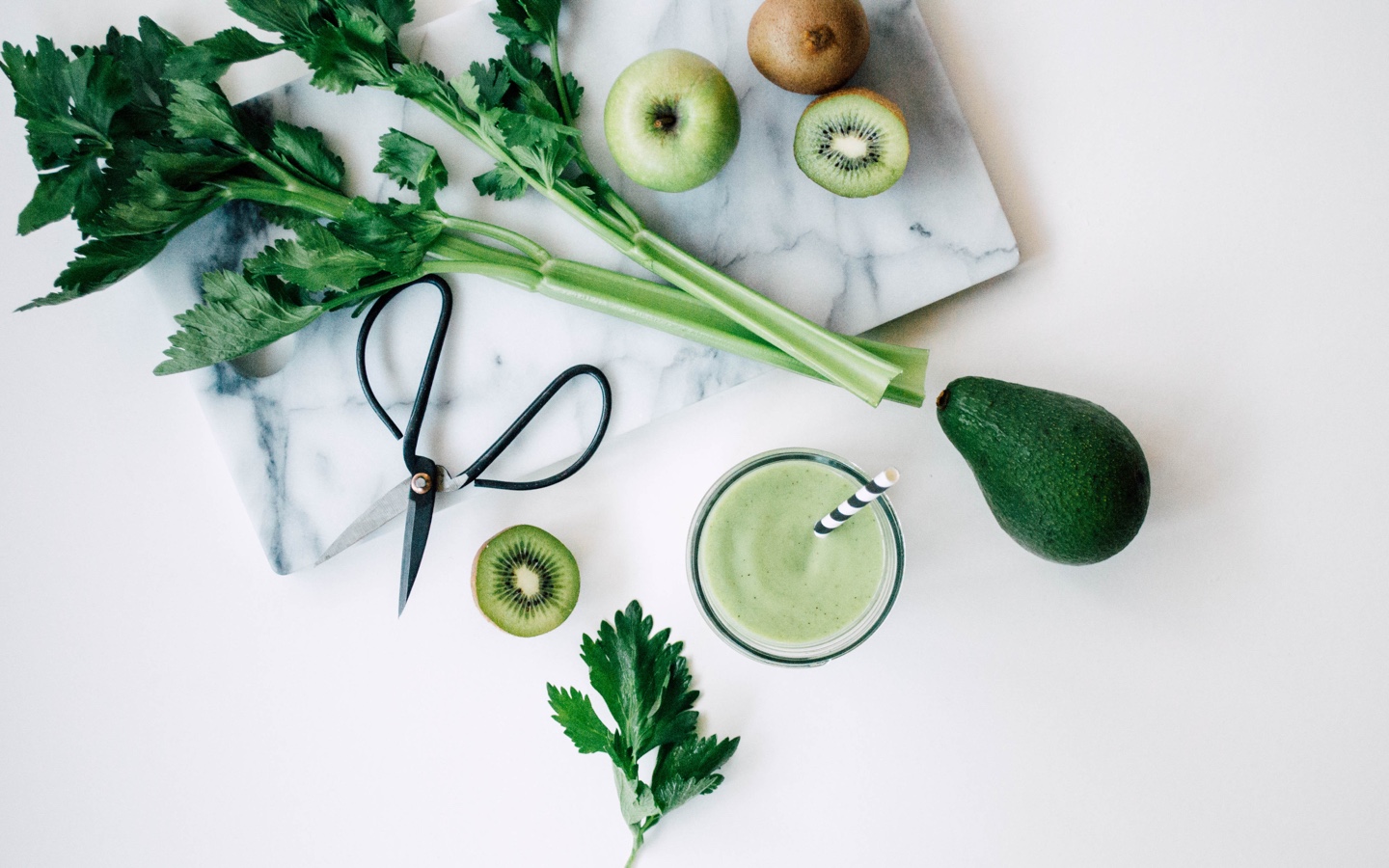
What differentiates a satisfying smoothie from a sugar-laden treat? A major factor that separates a healthy smoothie from one better suited as an occasional dessert is exactly that: sugar. Check out the nutritional facts of most smoothies made by chain restaurants/smoothie joints and you’ll notice a shocking amount of sugar thanks to the inclusion of fruit juice, frozen fruit, honey and other sweeteners, and even ice cream. These are all delicious things (and we’d argue that perhaps the ice cream is perhaps better suited as dessert – but we’re all adults and can do what we want), but blended together without enough balancing fiber, protein and healthy fat, this “smoothie” becomes less of a meal and more of a blood-sugar-spiking treat. What’s the problem with a blood sugar spike? If you’ve ever experienced a sugar “high” (and eventual crash), you know. In the short term, a blood sugar spike and crash can cause lethargy and you may find you’re hungry not long after eating. And in the long term? Your body may not be able to handle those spikes and crashes quite so gracefully, which could lead to more serious conditions, like type 2 diabetes. We’re not trying to scare you, and the good news is, crafting a well-balanced smoothie is super simple. We like nutritionist, Kelly Leveque’s ‘Fab Four’ philosophy:
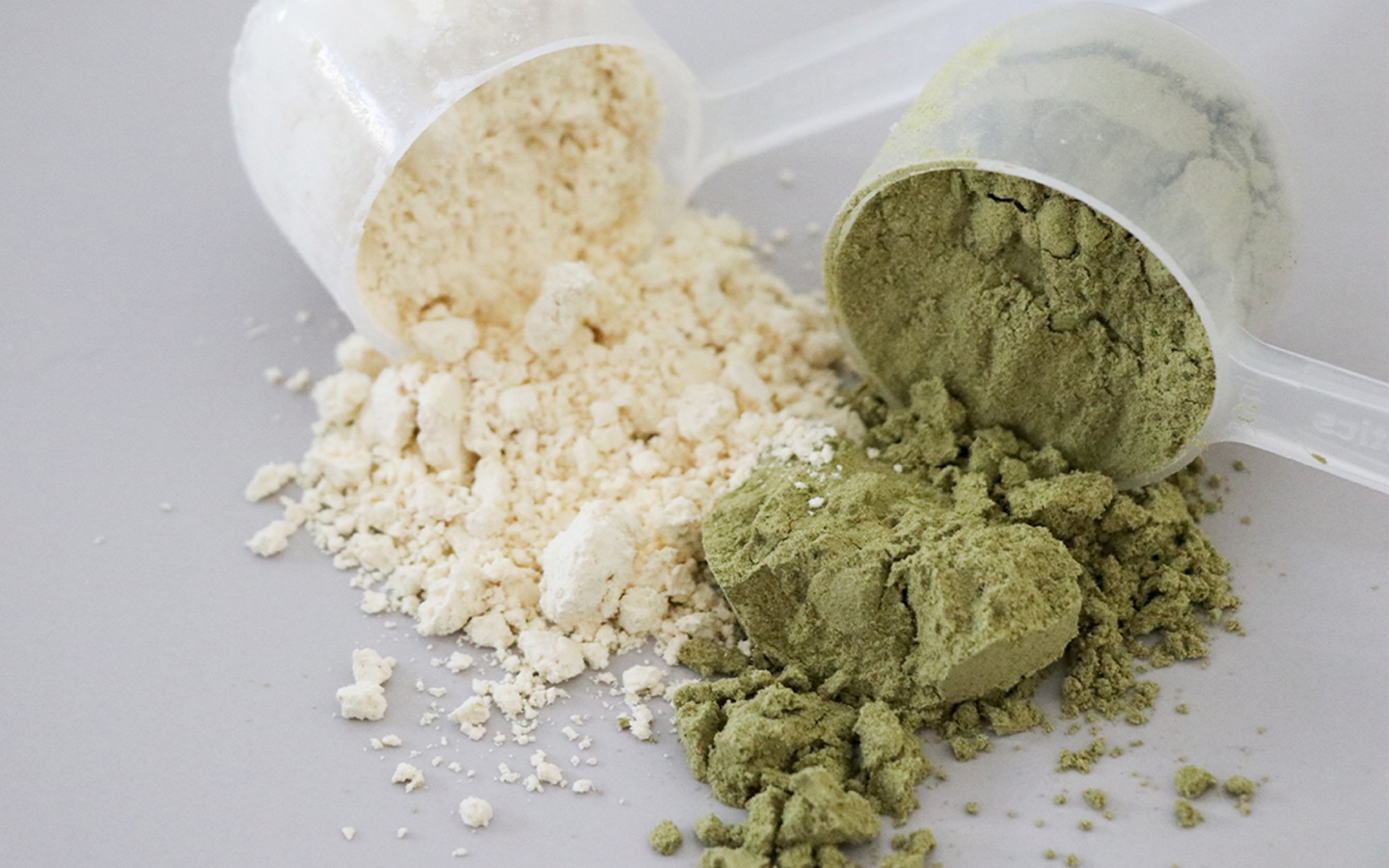
“The Fab Four Smoothie is a formula to help you develop a blood sugar balancing meal replacement shake in any flavor with enough protein, fat and fiber to keep you full.”
By crafting your smoothies with enough protein, fat, fiber, and greens – and a touch of fruit – they’ll keep you fueled for the day, no blood sugar crashes in sight. Of course, that’s only a foundation. Below we’re sharing some of our favorite smoothie boosters and superfoods to take your summer smoothies up a notch:
#1 – Protein Powder
Pea protein! Bone broth protein! Whey! Hemp! There’s a whole world of protein powders out there – what’s the best protein powder on the market? Our answer: The best protein powder is whichever one works best for your body. It may take some trial and error (check your local market for sample packs so you can try a little before you purchase a big tub). We recommend steering clear of high-sugar options, and opt instead for an organic unsweetened option, or if you like a touch of sweet, look for organic stevia or organic coconut sugar as ingredients.
#2 – Healthy Fat
Fat? In a smoothie? YES! By now we should all be on board with healthy fats like avocado, coconut and MCT oil, and small servings of nuts. These are all great options for adding to your smoothies. Not only does adding a healthy fat make your smoothie super creamy and delicious, but that fat also makes your smoothie a meal, by balancing blood sugar, helping your body absorb nutrients, and supporting steady energy levels. Try adding ¼ avocado or 1 Tbsp fat to your smoothie to make an extra satisfying meal (and yes, nut butter counts as a healthy fat!).
#3 – Maca
This superfood burst onto the scene several years ago and has only grown in popularity. This root, which is often sold as a powder, can add an earthy, butterscotch-like flavor to your smoothies and can help support energy levels and may support hormone health and mood. Add it to a post-workout smoothie to support recovery.
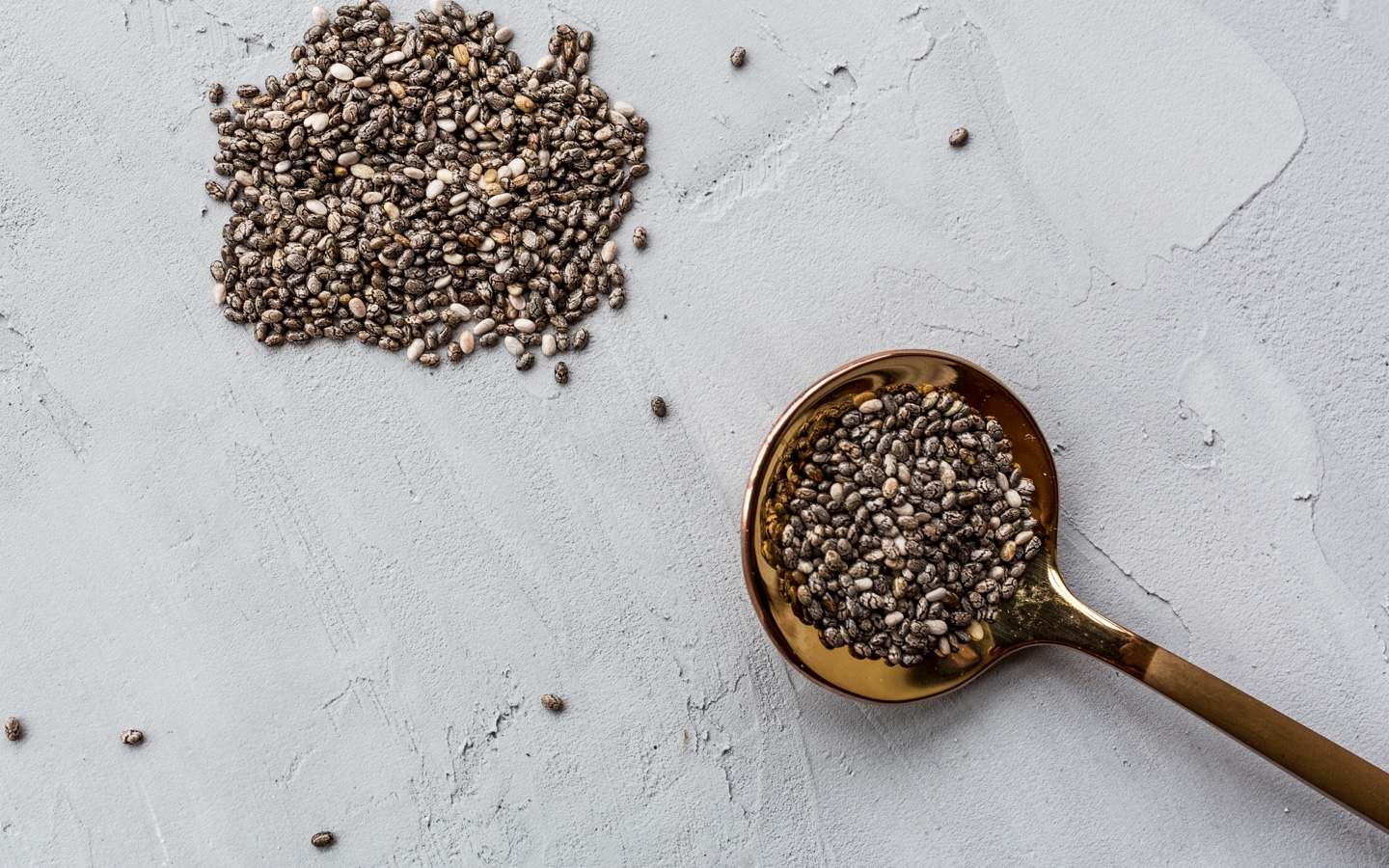
#4 – Chia Seeds
So popular as a health food, who even remembers Chia Pets? These little seeds are beloved for their ability to gel (great for making chia pudding), and when added to a smoothie can add a boost of nutrition without a ton of calories. A 1 oz. serving of chia seeds contains 11 grams of fiber and 4 grams of protein, with 9 grams of fat, along with calcium, manganese and magnesium.
#5 – Hemp Seeds
Another great protein option in a small package, hemp seeds are a great choice for those looking to minimize ingredients while still supporting protein consumption, as protein makes up 25% of hemp seed’s calories. Hemp seeds have also been found to contain rich levels of fatty acids, which may support hormone levels and skin health. Add a tablespoon or two to your smoothie as a protein source, or use hemp seeds as a crunchy topping (research has shown that chewing your smoothie supports better digestion).
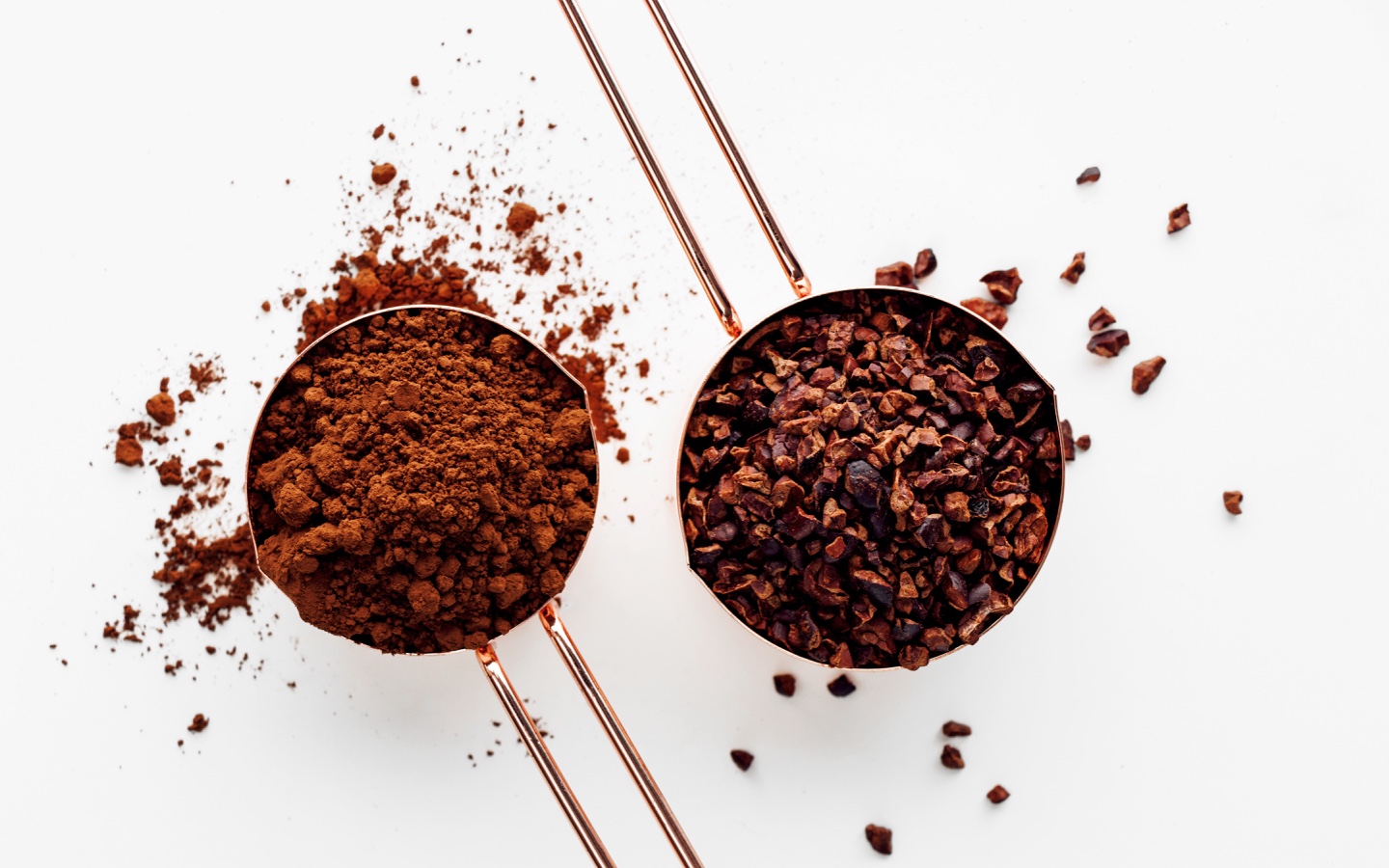
#6 – Cacao Nibs
Another great option for a crunchy topping or chocolaty add-in, cacao nibs are made by crushing cacao beans. They have a satisfying but slightly bitter chocolatey taste, and contain protein, fiber, fat, zinc, iron, magnesium – and more. Cacao nibs are packed with antioxidant and anti-inflammatory properties, and may support mood and even boost immune health. Use them as a topping, or toss in a smoothie for a chocolate flavor without the sugar (1 serving has 1 gram of naturally-occurring sugar).
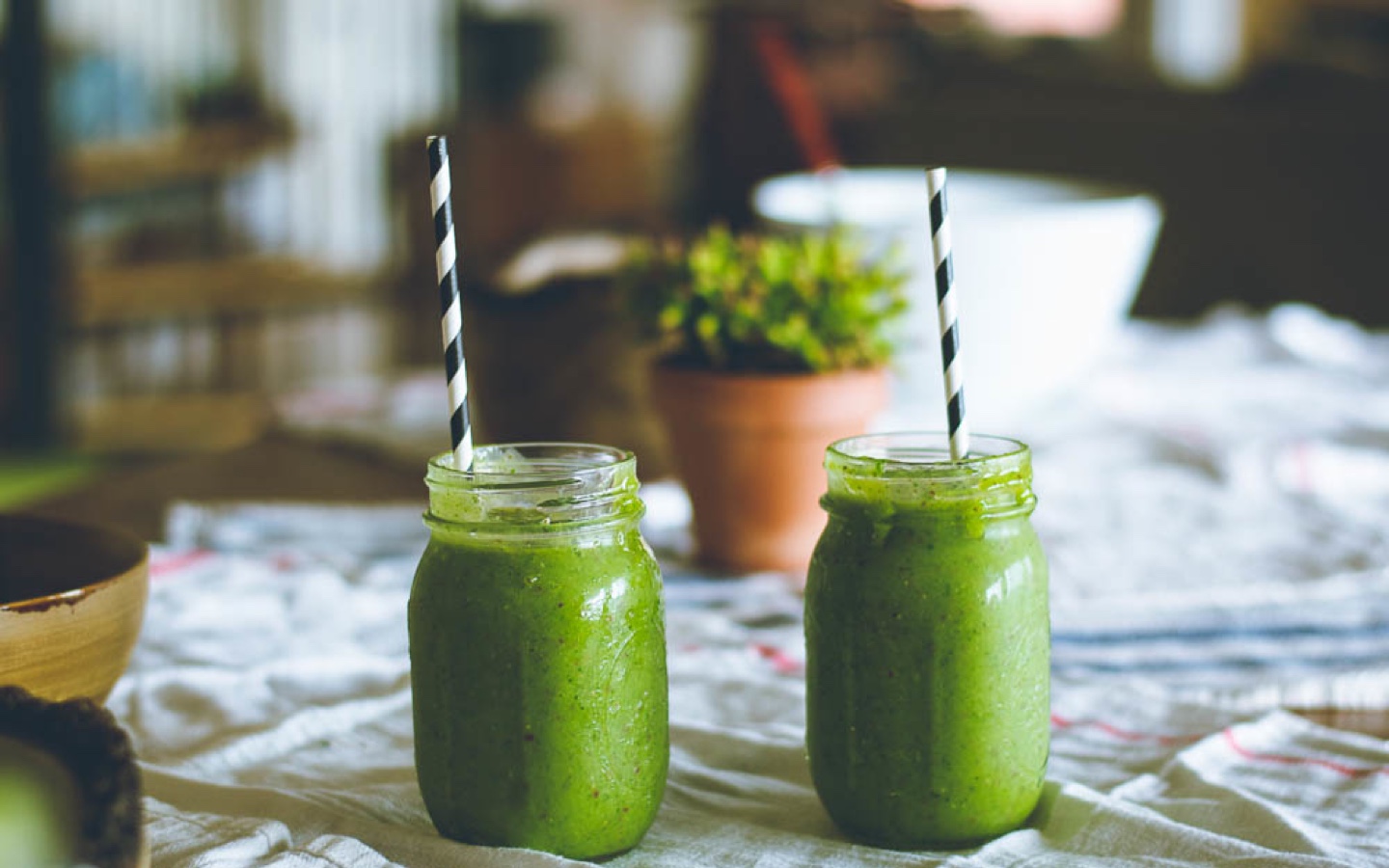
What’s your favorite smoothie add-in? Let us know by tagging us on social @AvocadoMattress and #AvocadoGreenMagazine!

Shop Pillows
The Essential Organic Pillow Collection
Gentle, breathable, non-toxic support.




